Adapting Fire Safety Materials for ALL Students
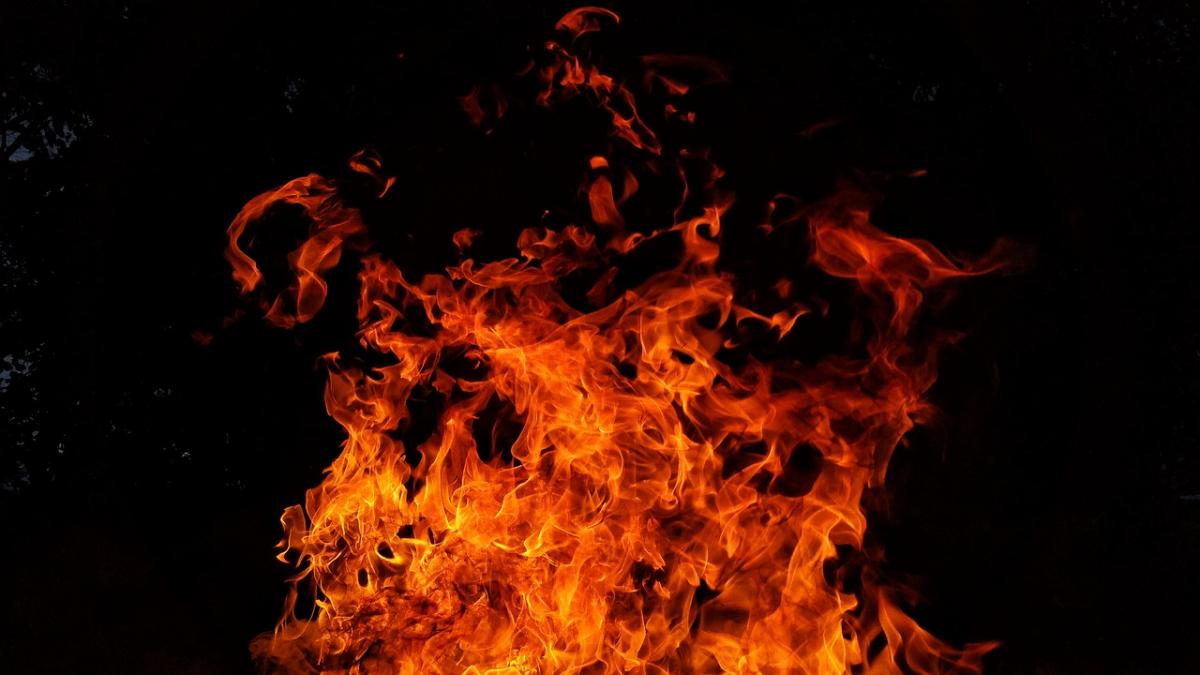
Early elementary classrooms in schools all across the United States are learning about FIRE SAFETY this month! Fire Safety from the perspective of a typically sighted child is very different than the perspective of a child without any vision, limited or low vision, or even a cortical visual impairment (CVI). In this post I am going to share what a colleague and I brainstormed with our local Fire Academy to create a unique learning experience for our students and their families.
Fire Safety we can all agree is very important to learn about not only for children in preschool and early elementary school, but at any age. It is a life skill and now, as an adult, I can think back about key terms and fun times when the firetruck would roll into the school driveway when I was a child. I remember "Stop, drop, and roll", or when the firefighters used to come to the school and dress up one of my classmates in their over sized gear, which made us all giggle. Then, to top it all off, we got to take home a super cool fire safety coloring book to share what we learned with our families at the end of the day. Visually these school presentations then and now give a great deal of information, but what are our students who do not access the curriculum visually getting out of it? Do they understand these new vocabulary words and concepts without experiencing them first hand? This is definitely an area a colleague and I recognized as a need for our students with low or no vision. The challenge was set and we had our goal in mind. Now where to start…
Making Fire Safety Information Accessible to Students with Visual Impairments
Our students with visual impairments need to experience instructional information first hand in order to build concepts and of course appropriate vocabulary. A post from a friend and colleague of mine, Peg Palmer, shares that instruction in the typical classroom can or may be lost on some of our students with a visual impairment when this is lacking. Instruction without additional supports can be “empty language” for a child who does not access his/her environment visually. Peg’s post titled Fire Is So Loud may give you a deeper understanding to this term specifically. A direct quote from her post is, “real world interaction is what they, (children with visual impairments), need to grow, learn and develop vocabularies rooted in meaning.” So, it makes sense why we wanted to give our little ones some hands on, “real world” interaction… right?
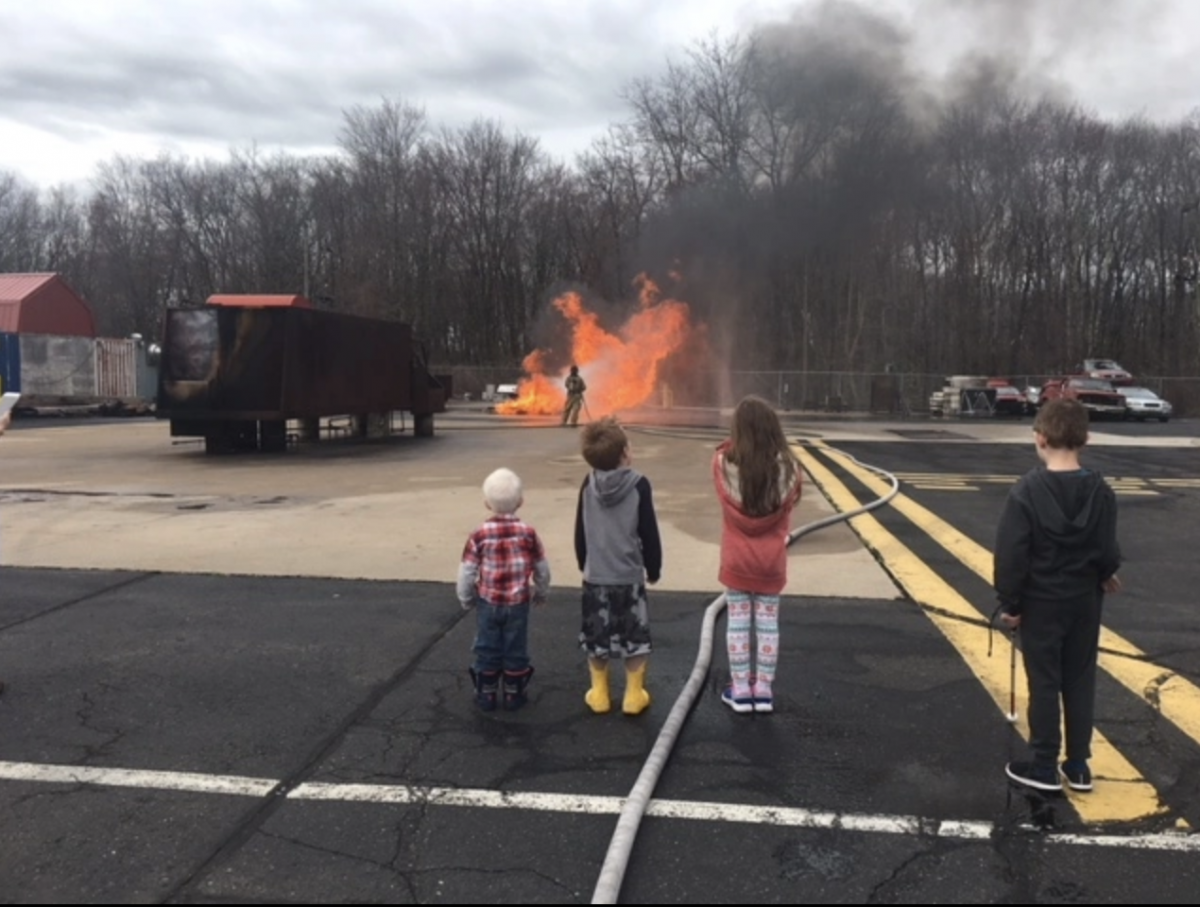
Working with Local Fire Safety Officials
We reached out to the Connecticut Fire Academy, and they put us in touch with their program planner from the Public Fire and Life Safety Education Fire Service Instructor Program. We arranged a time to meet and discuss our goal of setting up a family informational day for our students and their families. The Fire Academy was wonderful and had some great ideas to share. They were very open to our input and recognized our unique population of students and their specific needs. We really wanted to have the students and their families come and not only learn about fire safety, but also get to be a part of the presentation through first-hand touching and interacting with everyday objects we may take for granted. What we all experienced was more than we could have ever expected.
The invitation for the event was sent out to all families in the state of Connecticut who are clients of our agency, Bureau of Education Services for the Blind (BESB), with children who are preschool and early elementary aged. No matter what type of visual impairment the children had we wanted to make sure that they would all get something out of the day.
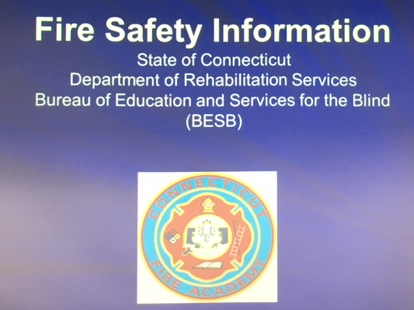
Fire Safety Program
The program began with some classroom learning time, which focused on some basic fire safety terms and was a way for the instructor to get an idea of how much the group already knew about fire safety. The picture below is of one of our participants reading a fire safety checklist which was presented during the slide show.

The children were able to actually touch, feel and set off a home-issued smoke detector (all sensory concerns for specific students were addressed and the alarm was not set off without an auditory cue it was about to happen). The students learned about what to do if their clothes caught on fire and they all tried out stopping, dropping and rolling if they were physically capable of doing so. The firefighter instructor also talked about not hiding and making sure to use their sense of touch and smell to signal danger. Touching doorknobs, smelling smoke, getting low to the ground, and crawling to a safe place was all covered.
Including Parents in the Fire Safety Program
The informational presentation was for the parents as well. The topic of creating a safety evacuation plan was discussed, including the importance of practicing it regularly and having a safe space outside of the home to gather. The newest fire safety campaign was also shared regarding closing bedroom doors at night. The firefighter shared stories and had the parents and students say the slogan, “Close before you doze,” to remind them when they go to sleep each night to make sure they close their bedroom doors to prevent fire from spreading faster throughout the home.
Hands-On Experience with Fire Truck and Related Materials
The next part of the day was to go out and actually see a fire truck and get some hands-on interaction. The Fire Academy is a fully functioning training facility, so some of the students with a little vision were overwhelmed by the activities happening around us as we traveled from one space to another.
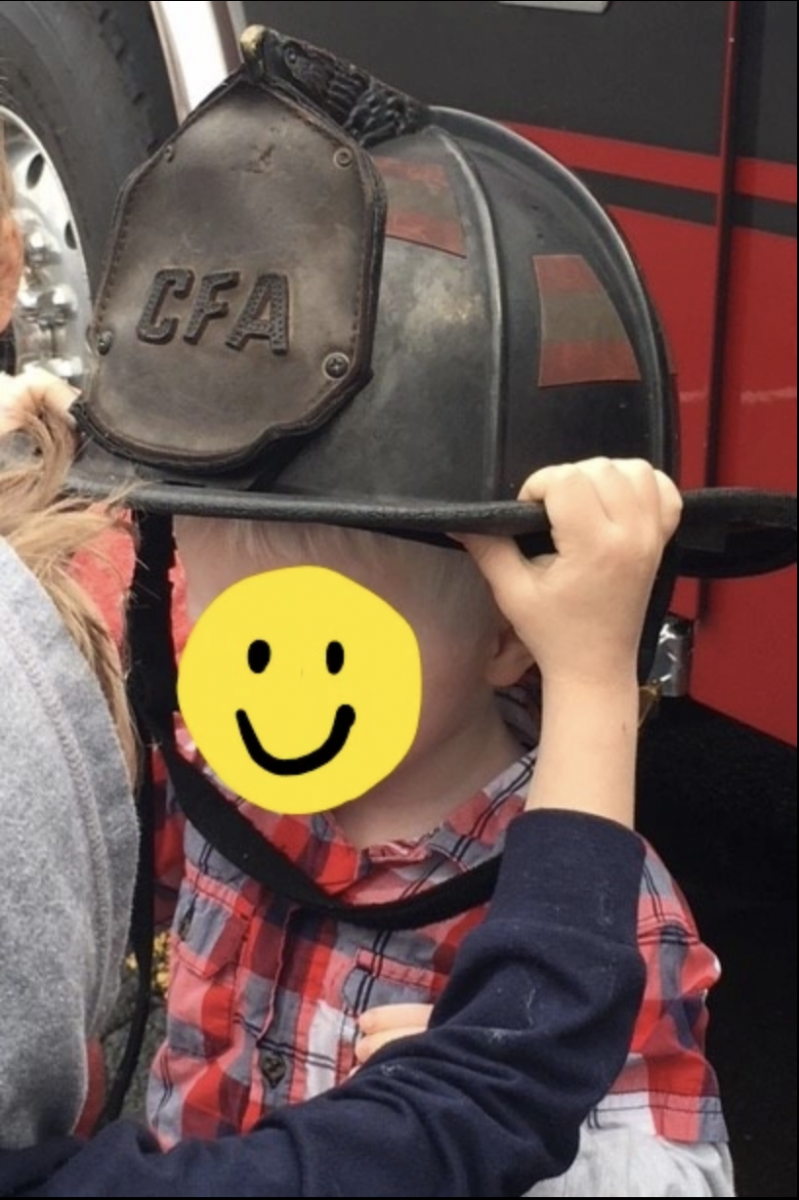
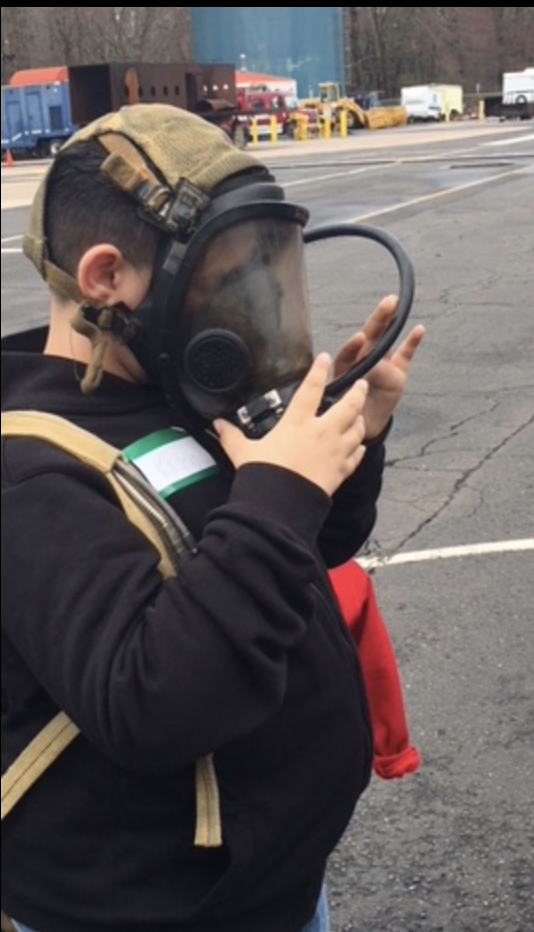
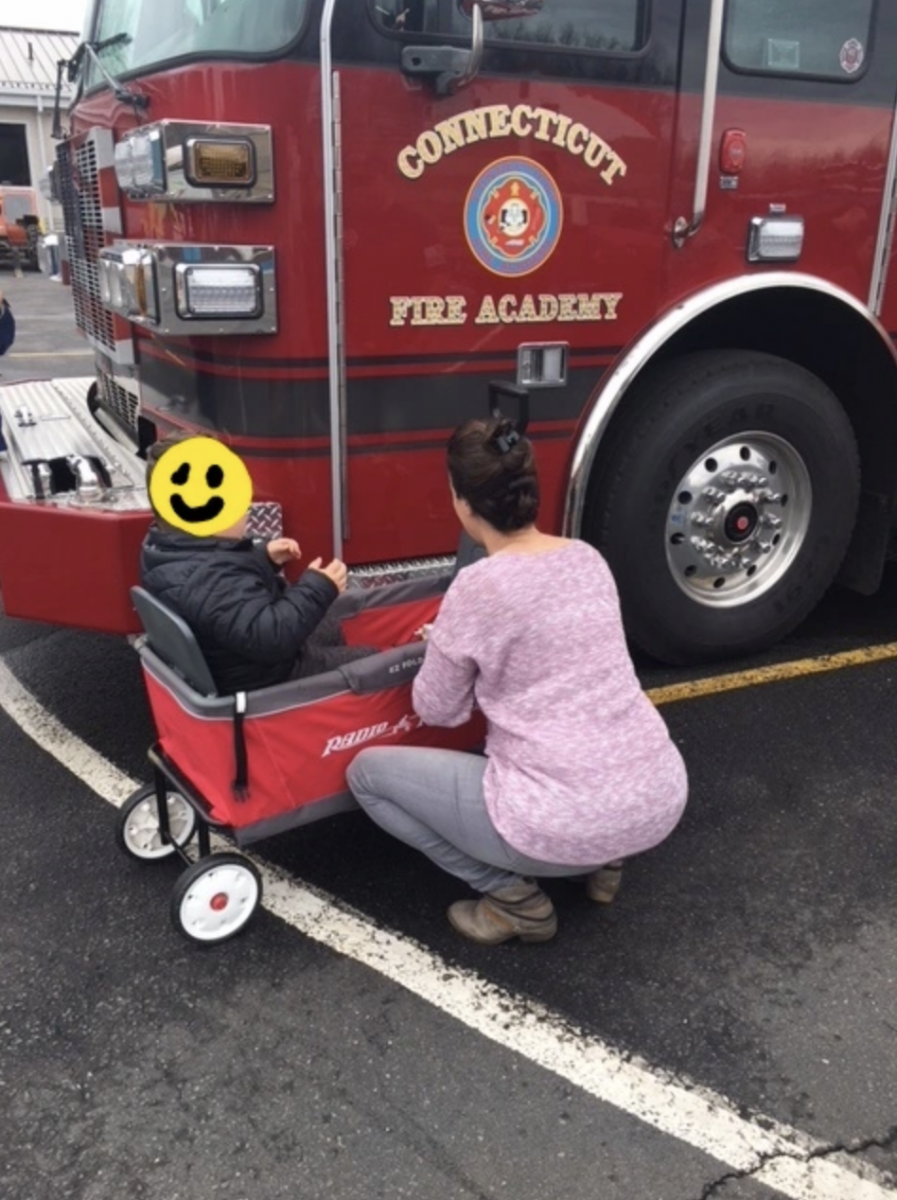

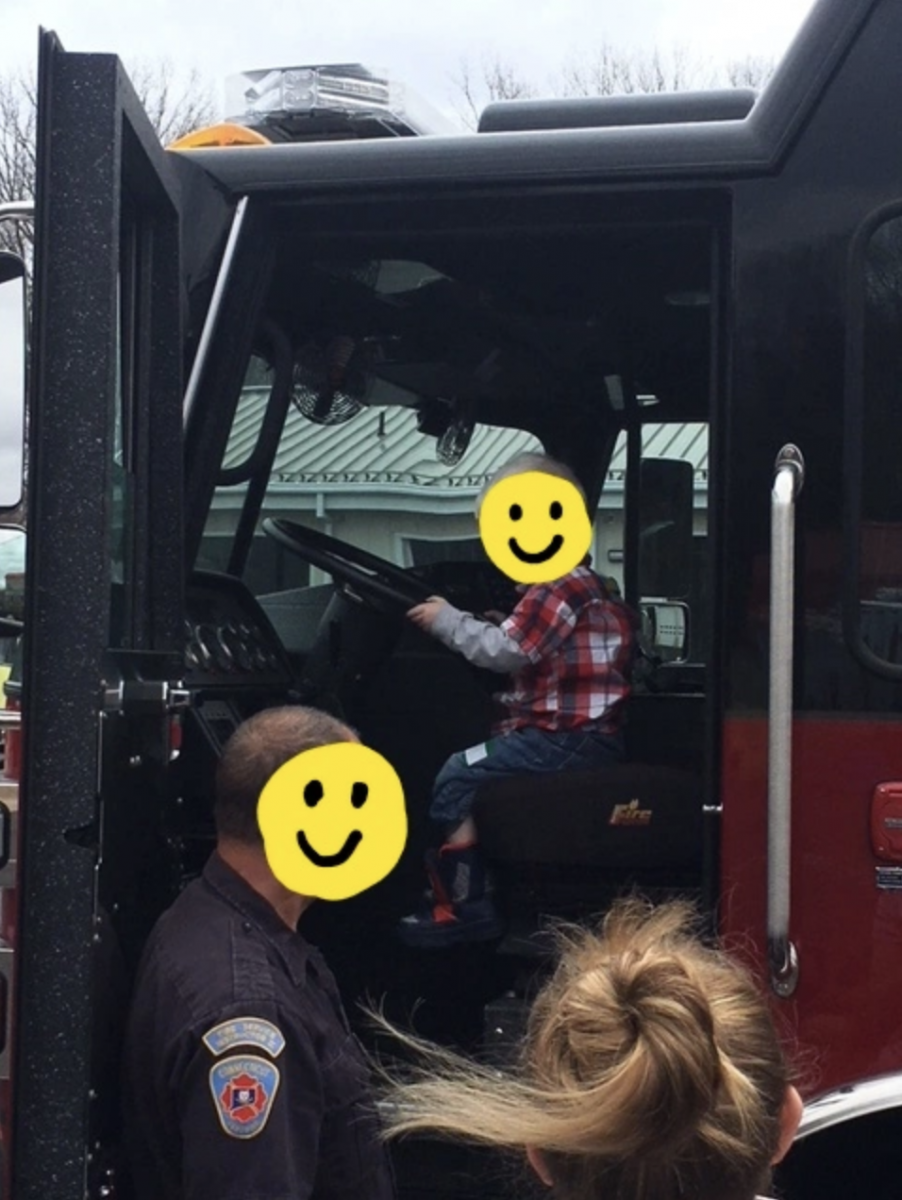
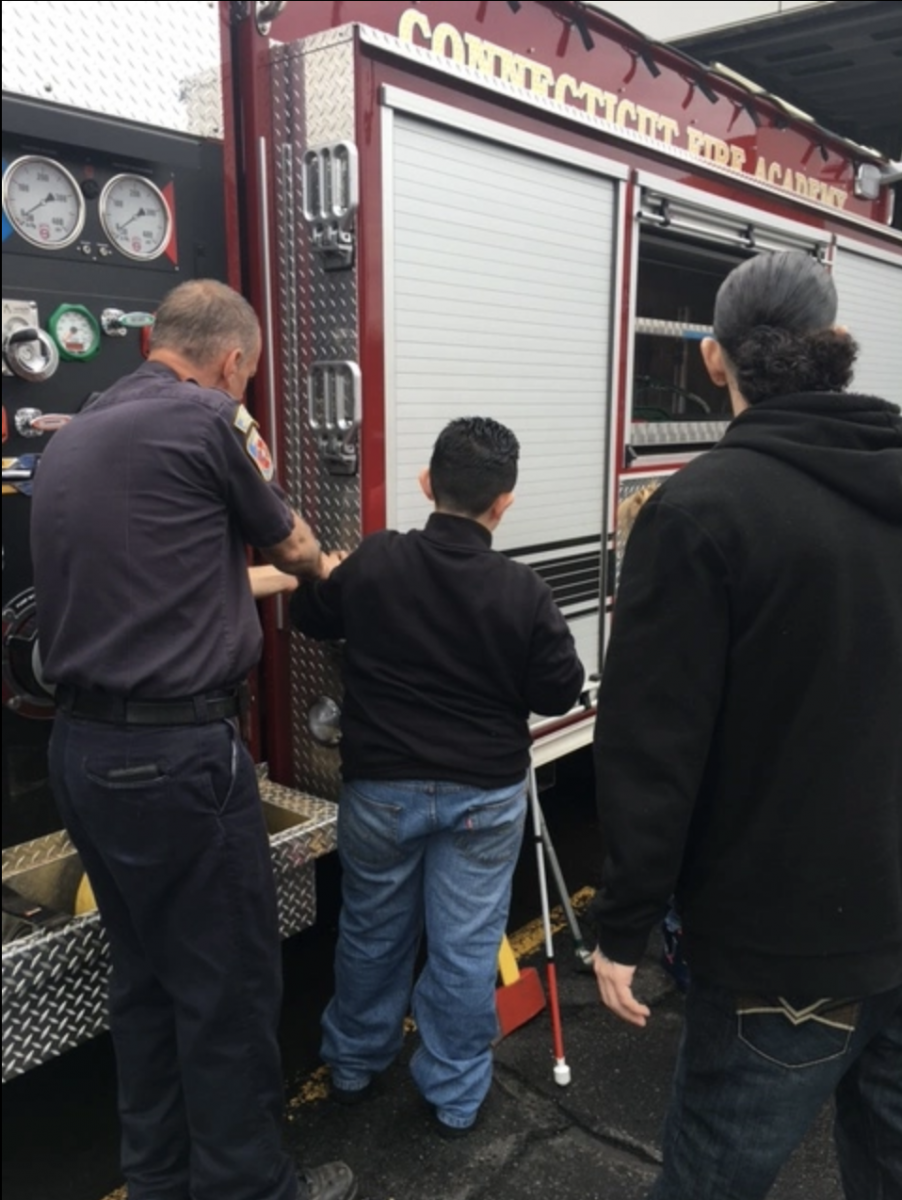
Literacy Materials for Students in Preferred Medium
At the end of the day, the students and their families were given tactile story bags and coloring books adapted for their specific visual impairment.

For Braille Readers: We created a tactile coloring book with images we found online embossed and bound into books.
For Large Print Readers: We found some darker lined photos online with less background clutter.
For Students with CVI: We took photos from online and cut out the outline of each basic object (boot, hose, bucket, etc.), and flipped them over onto black construction paper and then photo copied them so that they could be placed on a light box with colored overlays if desired.

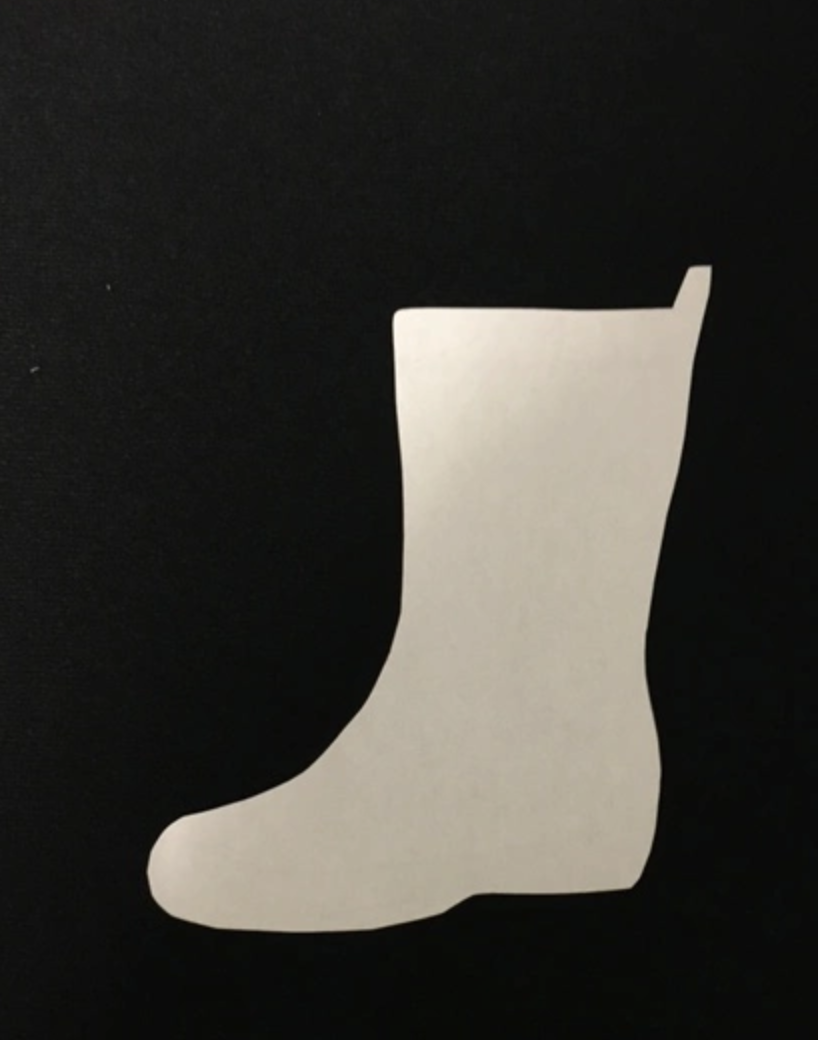
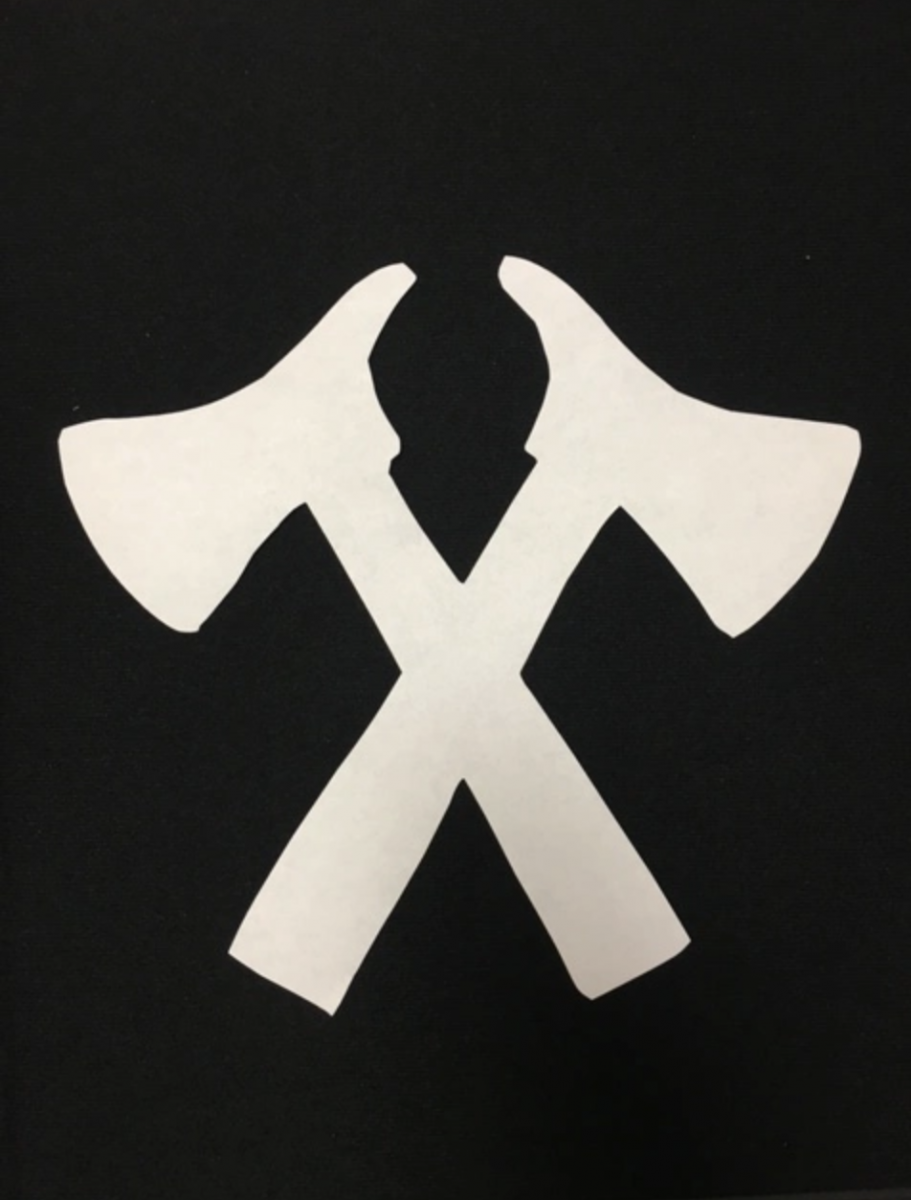
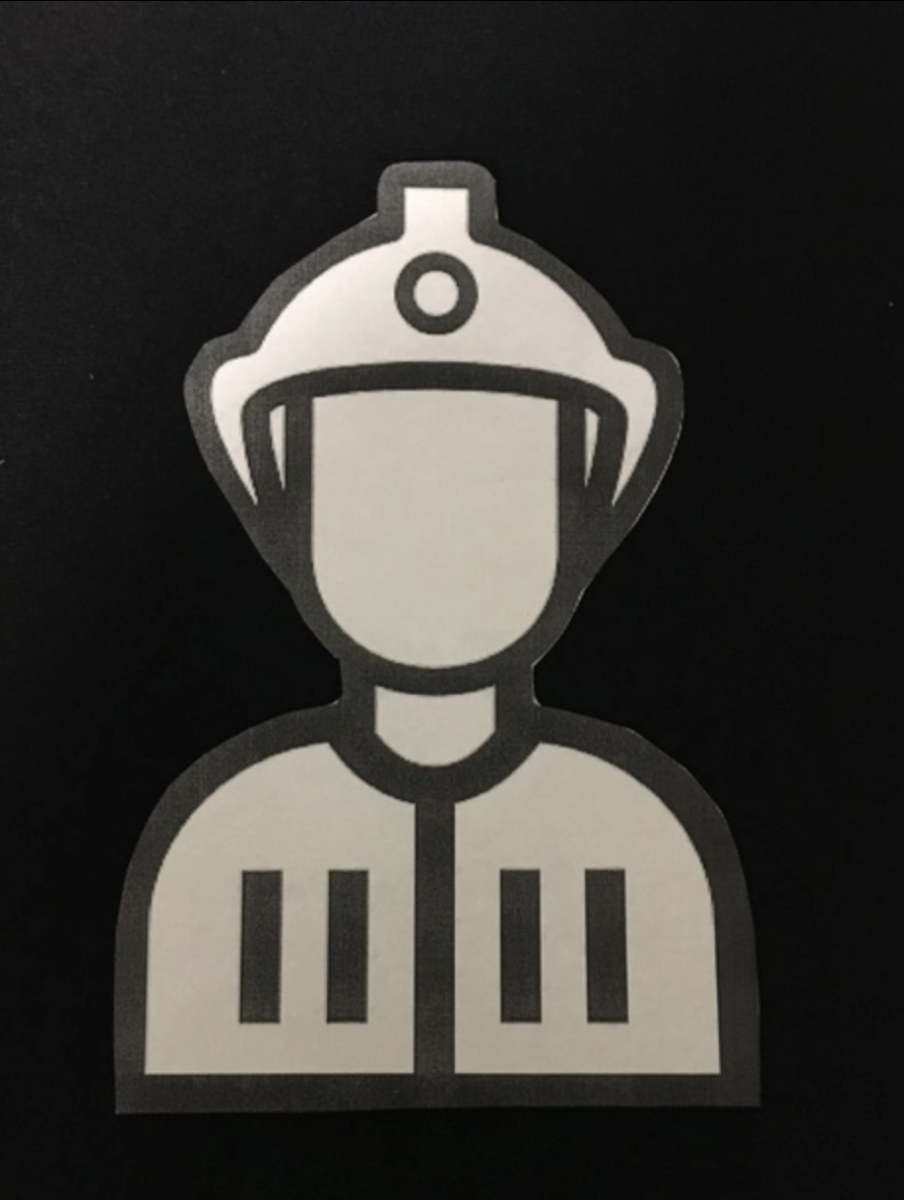

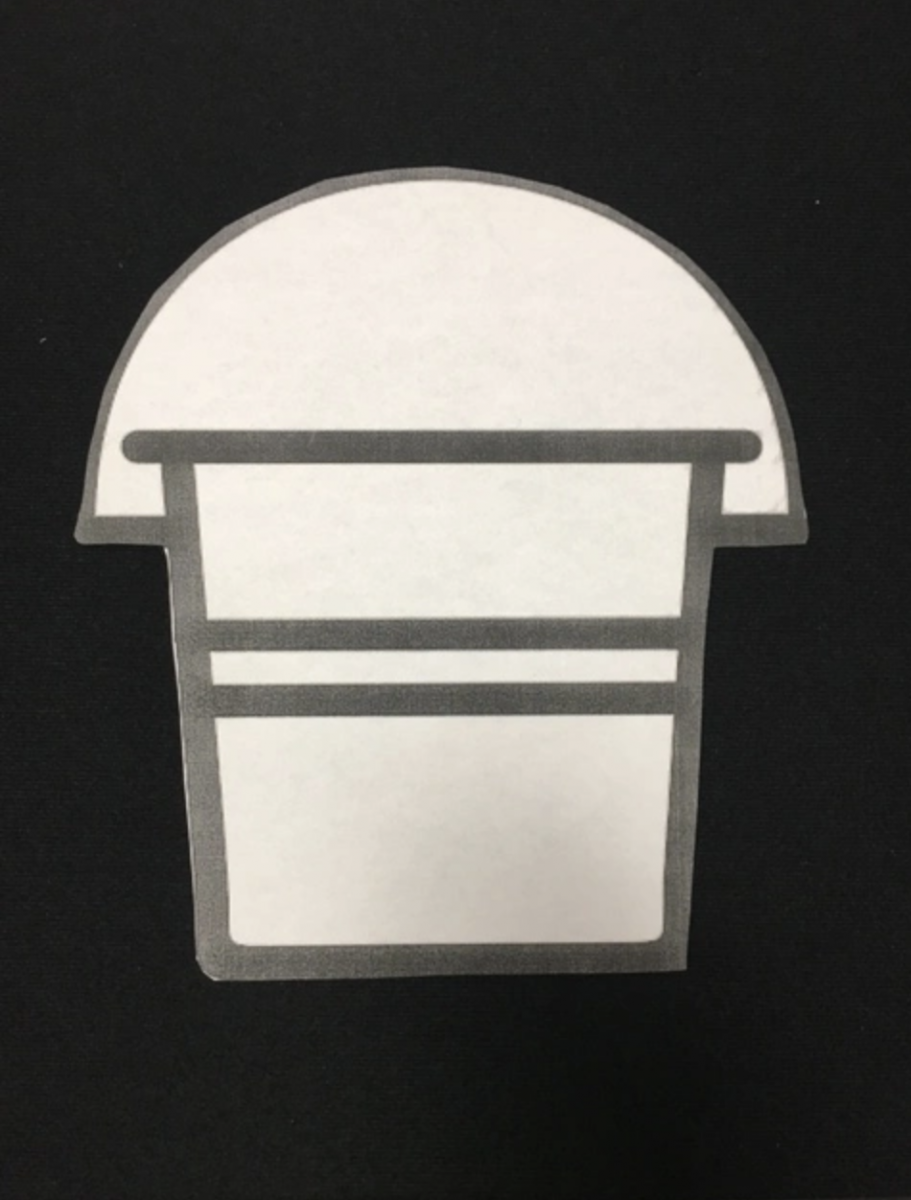
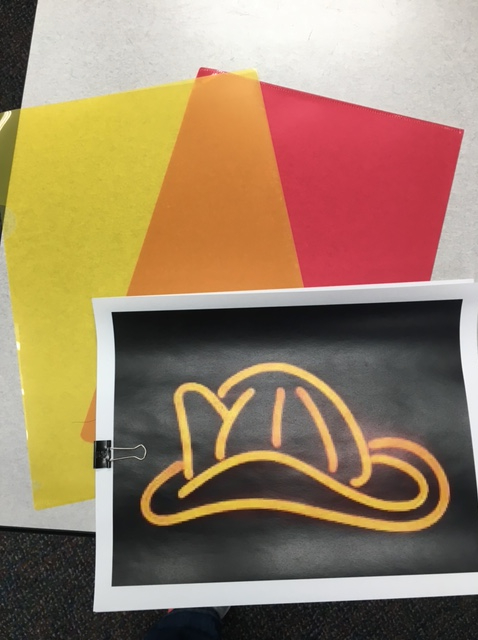
We also had some standard fire photo coloring books we had on hand for the sighted siblings who were in attendance to take home.
The tactile story bags each had a book and some other objects for families to read at home and act out the story together.
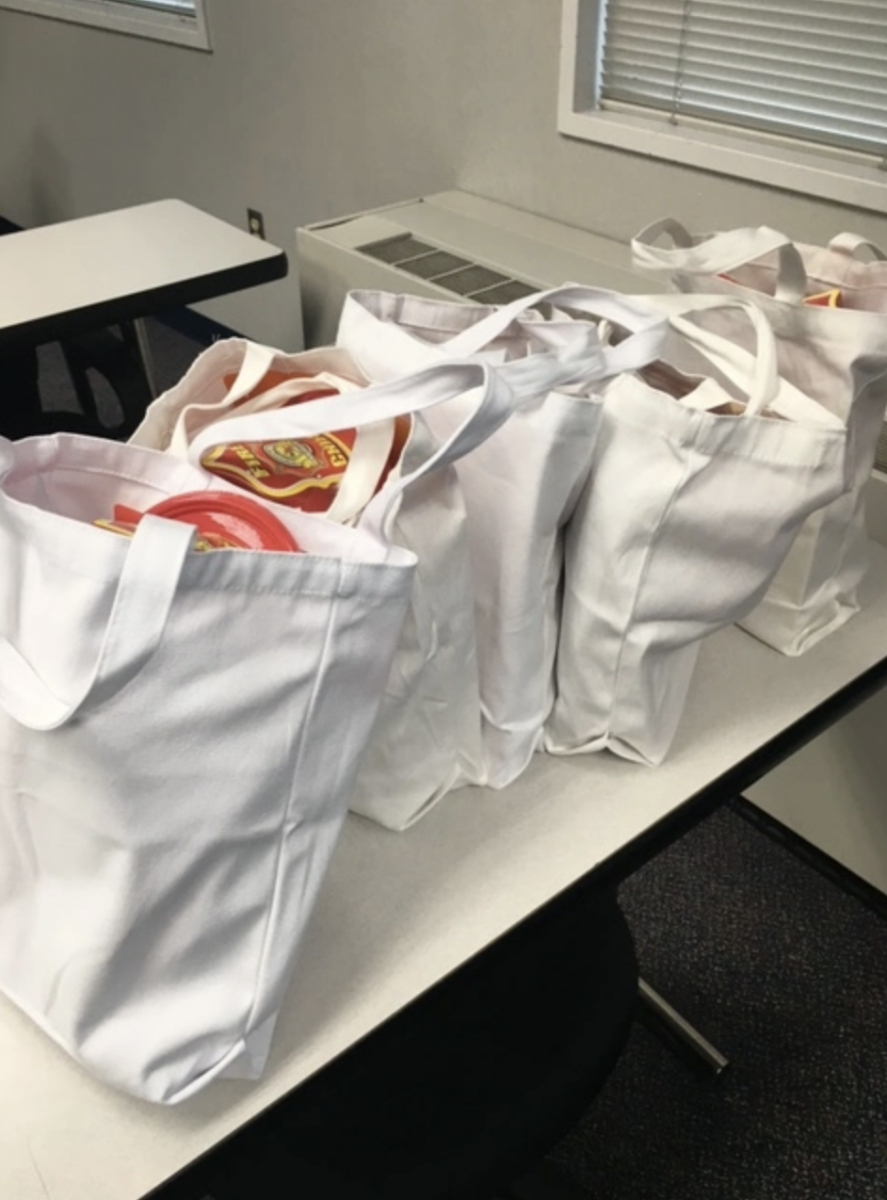

At the end of the day, the students and their families were able to gain a better understanding of fire safety. I hope that this information was helpful and may spark some ideas about how you can support your students or your child who is learning and developing these concepts both at school and at home.
For additional ideas about fire safety for children with visual impairments, see also:
- Creating a Literacy Skills Kit to Teach Fire Safety
- Fire Alarm Pull Stations
- Sensory Areas: Fire Service
- Fireman Sam Story Bucket

